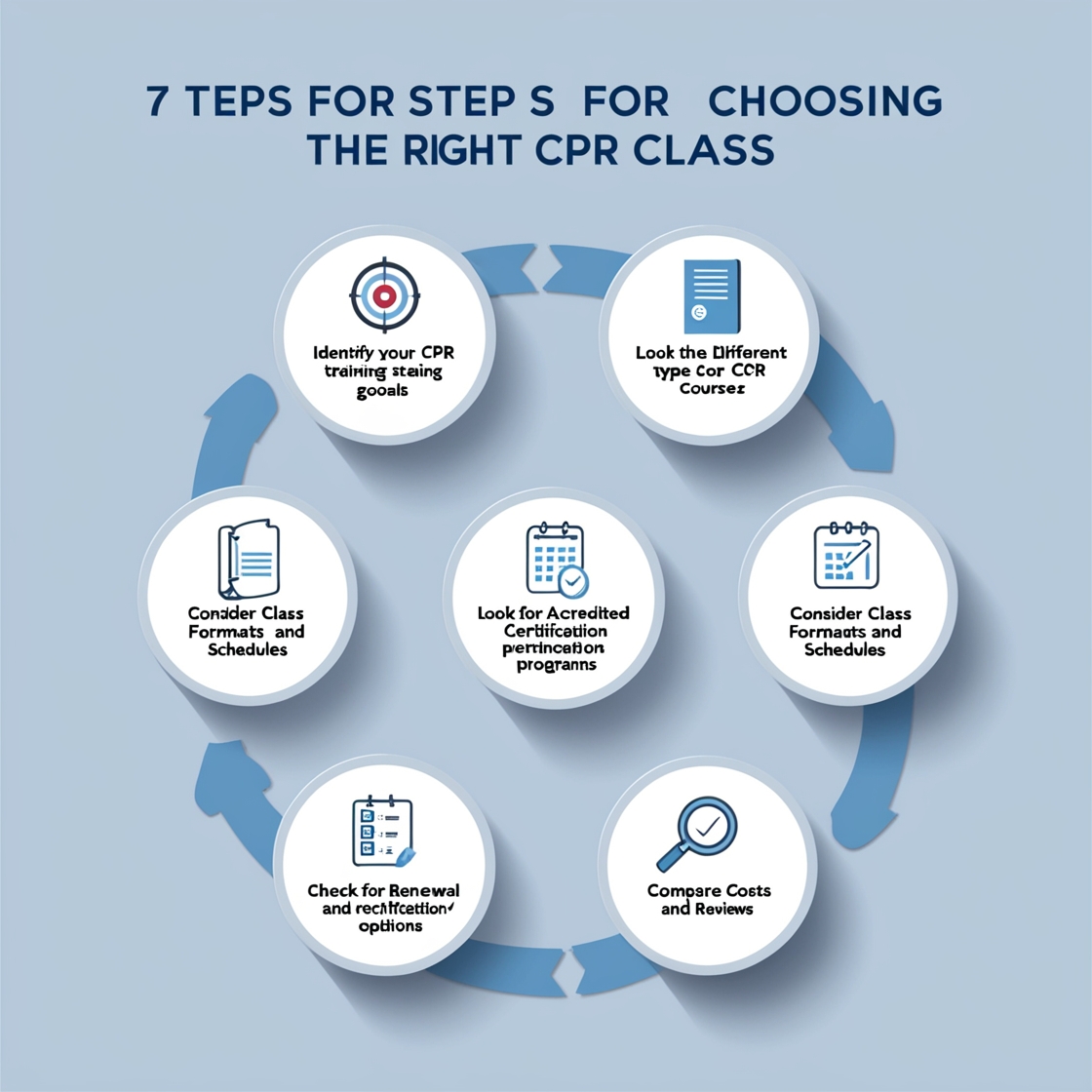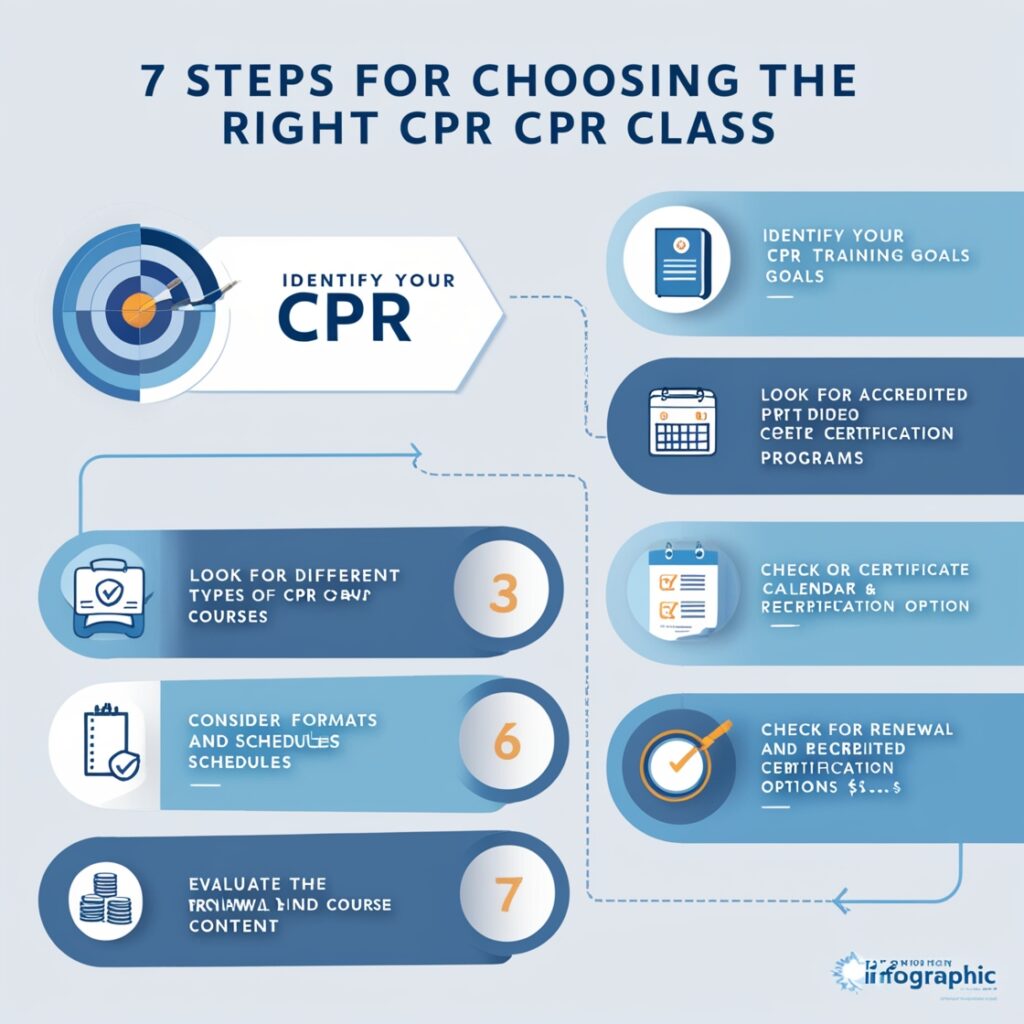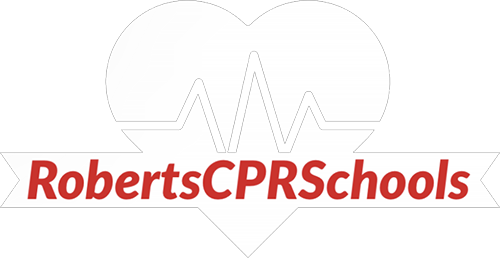Choosing the right CPR class is a crucial step in gaining essential life-saving skills. With a wide range of courses available to suit different needs, finding the best option can seem overwhelming. Whether you want to learn basic techniques, specialize in pediatric CPR, or fulfill professional certification requirements, there’s a course designed for your specific goals. In this guide, we’ll explore how to choose the right CPR class, what to expect from the training, and the certifications offered by organizations like the American Heart Association (AHA).

Step 1: Identify Your CPR Training Goals
The first step in choosing a CPR class is understanding why you need the training. Here are some common goals to consider:
- For Personal Knowledge: If you want to be prepared for emergencies at home or in public, a basic CPR course will suit your needs.
- For Professional Requirements: Certain professions, like healthcare providers, teachers, or fitness trainers, often require specific certifications.
- For Working with Children: Parents, caregivers, and teachers may benefit from pediatric CPR certification, which focuses on techniques for infants and young children.
Knowing your purpose will help narrow down the options and ensure the training aligns with your objectives.
Step 2: Understand the Different Types of CPR Courses
CPR training is not one-size-fits-all. Here’s a breakdown of the most common course types:
1. Basic Life Support (BLS)
- Who It’s For: Healthcare providers, medical students, and emergency responders.
- Focus: Advanced techniques, including two-rescuer CPR, use of an AED, and handling airway obstructions.
- Certification: Required for most medical professionals and offered by organizations like the American Heart Association.
2. Heartsaver CPR and AED
- Who It’s For: General public, workplace employees, and community members.
- Focus: Basic chest compressions, rescue breaths, and AED use.
- Certification: Ideal for non-medical individuals who want to gain life-saving skills.
3. Pediatric CPR and First Aid
- Who It’s For: Parents, teachers, and childcare workers.
- Focus: CPR and first aid techniques tailored for infants and children, including handling choking emergencies.
- Certification: Often required for caregivers and schools.
4. CPR for Families and Communities
- Who It’s For: Individuals and families wanting basic emergency preparedness.
- Focus: Simple, easy-to-learn techniques for handling cardiac arrests and choking.
- Certification: May or may not include formal certification, depending on the course provider.
Step 3: Look for Accredited Certification Programs
When selecting a CPR course, ensure the training is recognized by reputable organizations. Certification from established institutions adds credibility and ensures the course meets industry standards.
Recommended Certification Providers
- American Heart Association (AHA): One of the most recognized names in CPR training, offering courses like BLS, Heartsaver, and Pediatric CPR.
- American Red Cross: Provides comprehensive CPR, AED, and first aid training for various needs.
- National Safety Council: Offers workplace-focused CPR and emergency response courses.
Having certification from these organizations is particularly important if you need CPR training for professional purposes.
Step 4: Consider Class Formats and Schedules
Flexibility is key when choosing a CPR class, especially for those with busy schedules. Here are the common formats available:
- In-Person Training: Ideal for hands-on learners, this format allows you to practice techniques under an instructor’s supervision.
- Blended Learning: Combines online coursework with an in-person skills session, offering flexibility while ensuring hands-on practice.
- Online-Only Classes: Convenient but typically not sufficient for certification requiring practical assessments.
Many providers, like Roberts CPR Schools, offer daily classes and same-day certification, making it easier to fit training into your schedule.
Step 5: Evaluate the Course Content
Before enrolling, review the course outline to ensure it covers what you need. Key topics to look for include:
- Recognizing signs of cardiac arrest.
- Performing CPR for adults, children, and infants.
- Using an Automated External Defibrillator (AED).
- Handling choking and other emergencies.
- Emergency response protocols.
Additionally, check if the course includes practice with mannequins and AED simulators, as these tools are essential for mastering CPR techniques.
Step 6: Check for Renewal and Recertification Options
CPR certifications typically expire after two years, requiring renewal to keep skills updated. Ensure the training provider offers renewal courses, such as BLS renewal classes, to maintain your certification without hassle.
Step 7: Compare Costs and Reviews
While pricing varies depending on the course and provider, it’s important to choose quality over cost. Look for reviews and testimonials to gauge the effectiveness of the course and the expertise of the instructors.
Some training centers also offer discounts for groups, which can be beneficial for workplaces or families.

Benefits of Choosing the Right CPR Class
Selecting the right CPR class ensures you gain the knowledge and skills needed to respond effectively in emergencies. Here’s how it benefits different groups:
- Individuals: Gain confidence to act quickly during cardiac emergencies.
- Families: Be prepared to handle choking or cardiac events involving loved ones, including children and the elderly.
- Workplaces: Improve overall safety and compliance with emergency preparedness regulations.
- Communities: Create a network of trained individuals ready to save lives.
Conclusion
Choosing the right CPR class is an investment in your ability to make a difference during emergencies. By identifying your goals, understanding course types, and selecting a reputable provider, you can ensure you receive high-quality training tailored to your needs.
Whether you’re learning CPR for personal preparedness, professional certification, or to protect your family, the right training can give you the confidence and skills to save lives. Don’t wait for an emergency—enroll in a CPR class today and be ready to act when it matters most.

